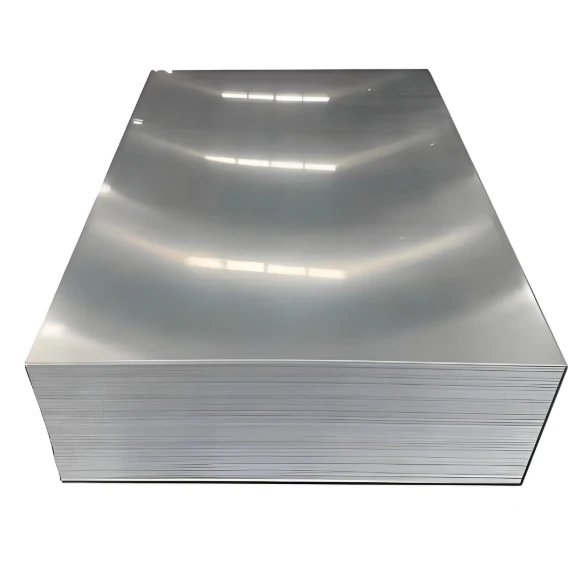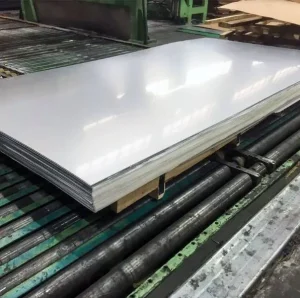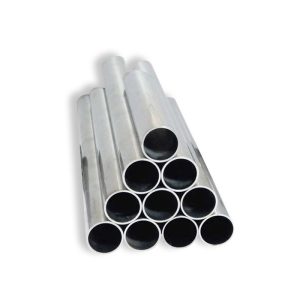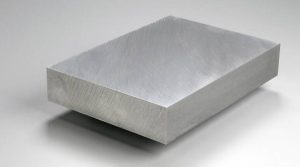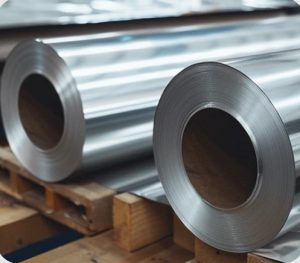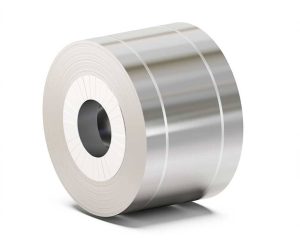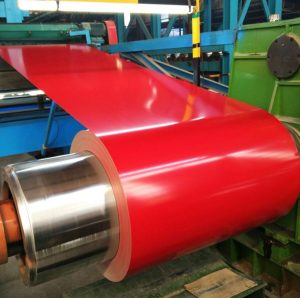Introduction: Why Knowing the Weight of Aluminum Matters
Are you curious about the wt of aluminium? Whether you’re designing a product, calculating shipping costs, or just interested in material properties, understanding aluminum’s weight is vital. This guide covers everything you need—definitions, calculations, and practical tips. Plus, I’ll share a personal experience that changed how I view material weights. By the end, you’ll have a clear picture of how to determine aluminum’s weight accurately.
Understanding Aluminum’s Weight: The Basics
What Is the Wt of Aluminium?
The wt of aluminium refers to its mass per unit volume, typically expressed in grams per cubic centimeter (g/cm³) or pounds per cubic foot (lb/ft³). Aluminum’s density is approximately 2.70 g/cm³ (or 169 lb/ft³). This property influences how much a piece weighs, which is crucial for engineering and manufacturing.
Related Keywords: aluminum density, aluminum weight per meter, aluminum weight calculator
Why Is Aluminum’s Weight Important?
Knowing the wt of aluminium helps in designing lightweight structures, estimating costs, and ensuring safety. For example, in aerospace, every gram counts. Accurate weight calculations prevent overdesign and save money.
How to Calculate the Weight of Aluminum
Step 1: Determine the Volume
First, measure the dimensions of the aluminum piece—length, width, and thickness for sheets or diameter and length for rods.
Step 2: Find the Density
Use the standard density of aluminum, 2.70 g/cm³, unless you have a specific alloy with different density.
Step 3: Apply the Formula
Calculate weight with:
Weight = Volume × Density
For example, for a 1m × 1m × 2mm sheet:
- Convert dimensions to centimeters: 100cm × 100cm × 0.2cm
- Volume = 100 × 100 × 0.2 = 2000 cm³
- Weight = 2000 × 2.70 = 5400 grams, or 5.4 kg
Practical Tip
Using an aluminum weight calculator online can speed up this process. Just input dimensions, and it computes the weight instantly.
Comparing Aluminum Types and Their Wt of Aluminium
Different alloys and forms influence the weight. For instance, thicker or denser alloys weigh more. Here’s a comparison table:
| Aluminum Type | Density (g/cm³) | Typical Thickness | Approximate Weight per m² (kg) |
|---|---|---|---|
| Pure Aluminum | 2.70 | 1mm | 2.70 |
| 6061 Alloy | 2.70 | 1mm | 2.70 |
| 5052 Alloy | 2.68 | 1mm | 2.68 |
Note: These are approximate values; actual weight varies with precise dimensions.
Practical Applications and Real-Life Cases
Case Study: Building a Lightweight Frame
I once worked on a project requiring a lightweight aluminum frame. Using the wt of aluminium, I calculated the total weight to ensure it could support the load without exceeding weight limits. The calculations saved us from overdesigning, reducing costs significantly.
Why Accurate Weight Calculation Matters
In aerospace, a small miscalculation can lead to increased fuel consumption. Therefore, understanding the wt of aluminium helps optimize performance and safety.
Common Mistakes and How to Avoid Them
⚠️ ⚠️ Note: Don’t assume all aluminum alloys have the same density. Always verify the specific alloy’s density.
⚠️ ⚠️ Note: Forgetting to convert units properly can lead to errors. Double-check your measurements.
⚠️ ⚠️ Note: Relying solely on online calculators without understanding the underlying data can cause inaccuracies. Use verified sources.
How to Measure and Calculate Aluminum Weight: Step-by-Step Guide
- Measure Dimensions Accurately: Use a ruler or caliper for precise measurements.
- Convert Measurements: Convert all dimensions to centimeters or inches, depending on your preferred units.
- Calculate Volume: Multiply length × width × thickness for sheets; for rods, use πr²h.
- Use Correct Density: Apply the specific density for the alloy you’re using.
- Compute Weight: Multiply volume by density to find the total weight.
Following these steps ensures accurate results every time.
Final Tips and Recommendations
- Always verify the alloy type for precise density values.
- Use a digital scale for small samples to cross-check calculations.
- Keep a chart of standard densities for quick reference.
- When designing, consider the wt of aluminium to optimize weight and strength.
- Consult with suppliers for material specifications to avoid surprises.
Conclusion: Mastering the Wt of Aluminium
Understanding the wt of aluminium is essential across many industries. Whether you’re designing aircraft parts or creating decorative panels, precise weight calculations ensure safety, efficiency, and cost savings. Remember, accurate measurements and proper formulas are your best tools.
Practical Checklist
- Measure all dimensions accurately.
- Convert units consistently.
- Use the correct alloy density.
- Apply the volume × density formula.
- Cross-reference with online calculators or charts.
- Account for alloy variations.
- Avoid unit conversion errors.
- Double-check calculations with real-world measurements.
- Keep a reference chart of aluminum densities.
- Consult suppliers for material specifics.
In my experience, calculating the wt of aluminium properly saved my team from costly mistakes. We avoided overloading structures and optimized our material use. If you want reliable results, follow these steps and use trusted data sources.
Looking for high-quality aluminum materials? Reach out to reputable suppliers and always verify material specifications. Accurate weight calculations are the foundation of successful projects!


